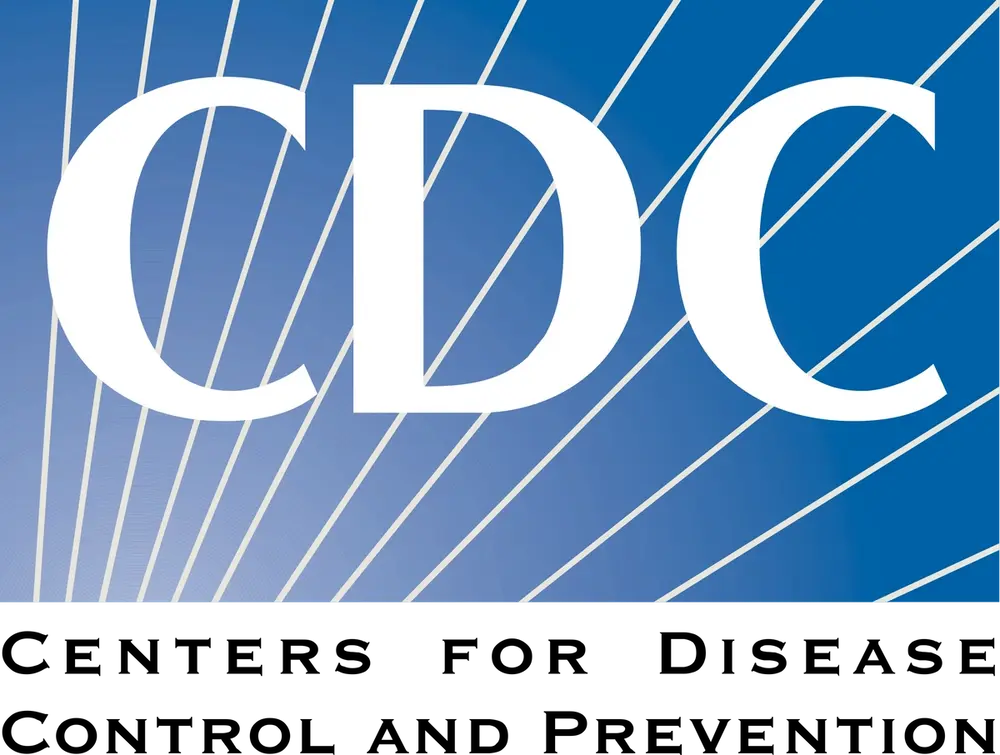Vaccine utilization can make hepatitis A (HAV) a preventable death. However, a new report from CDC showed that many people who are eligible to receive the hepatitis A vaccines are not doing so even when it is indicated due to preexisting conditions.
In a recent Morbidity and Mortality Weekly Report (MMWR), the results of a study showed 63% of those who died from HAV had at least 1 documented preexisting indication for vaccination.1
The long-term study looked at HAV outbreak-related deaths from August 2016 through the end of October 2022. The investigators used epidemiological data from 27 states that were analyzed to characterize 315 hepatitis A deaths.1
“Deaths occurred predominantly among males, non-Hispanic White persons, and persons aged ≥50 years,” the investigators wrote. “Nearly two thirds of decedents had at least one documented indication for hepatitis A vaccination, including drug use, homelessness, or coinfection with hepatitis B virus or hepatitis C virus; however, only 12 decedents had evidence of previous hepatitis A vaccination, indicating substantial missed opportunities to prevent hepatitis A deaths.”1
The investigators said deaths peaked in 2019 and then decreased annually through 2022.1
What You Need to Know
The Centers for Disease Control and Prevention (CDC) found that a significant number of individuals who died from hepatitis A (HAV) had preexisting conditions that made them eligible for vaccination.
Most deaths occurred among males, non-Hispanic White individuals, and those aged 50 years or older.
The report emphasizes the importance of increasing hepatitis A vaccination coverage, particularly among high-risk groups. While overall incidence rates of hepatitis A have declined in the United States, marginalized populations, such as people who use drugs, individuals experiencing homelessness, and those with chronic liver disease, remain at higher risk.
According to the CDC, Hepatitis A incidence overall in the United States is greatly on the decline.2 Public health officials credit routine vaccination for the decrease especially in states where it was started.2
Vaccination against HAV is widely available as inactivated, single-antigen vaccines (HAVRIX and VAQTA) or in combination with hepatitis B (TWINRIX) in the US.2 CDC recommends vaccination, “for children 12 months or older, travelers to endemic countries, gays, illegal drug users, individuals with occupational risk exposure, persons with clotting factor disorders or chronic liver disease. Standard adult dosing recommends administration of two doses of the vaccine 6 to 12 months apart. These vaccines are highly efficacious were seroconversion rates approaching 100%.”2
Continued Advocacy for Vaccination
According to the MMWR study, as of October of this year, 34 states have declared an end to their HAV outbreaks. Although the outbreaks have subsided and the overall population has seen a decrease in incidence rates, a very concentrated subset of people are at a higher risk for HAV. This is especially true for marginalized populations, the investigators point out this includes persons who use drugs, persons experiencing homelessness, and persons with chronic liver disease.
“Increased hepatitis A vaccination coverage is critical to maintain the progress that has been made and prevent future hepatitis A deaths,” the investigators concluded.1
To learn more about HAV or other various forms of hepatitis, check out our library of stories on the subject.
References
1. Preventable Deaths During Widespread Community Hepatitis A Outbreaks — United States, 2016–2022. CDC. October 20, 2023 /72(42);1128–1133. https://www.cdc.gov/mmwr/volumes/72/wr/mm7242a1.htm?s_cid=mm7242a1_w
2. Iorio N, John S. Hepatitis A. [Updated 2023 Jul 4]. In: StatPearls [Internet]. Treasure Island (FL): StatPearls Publishing; 2023 Jan-. Available from: https://www.ncbi.nlm.nih.gov/books/NBK459290/

